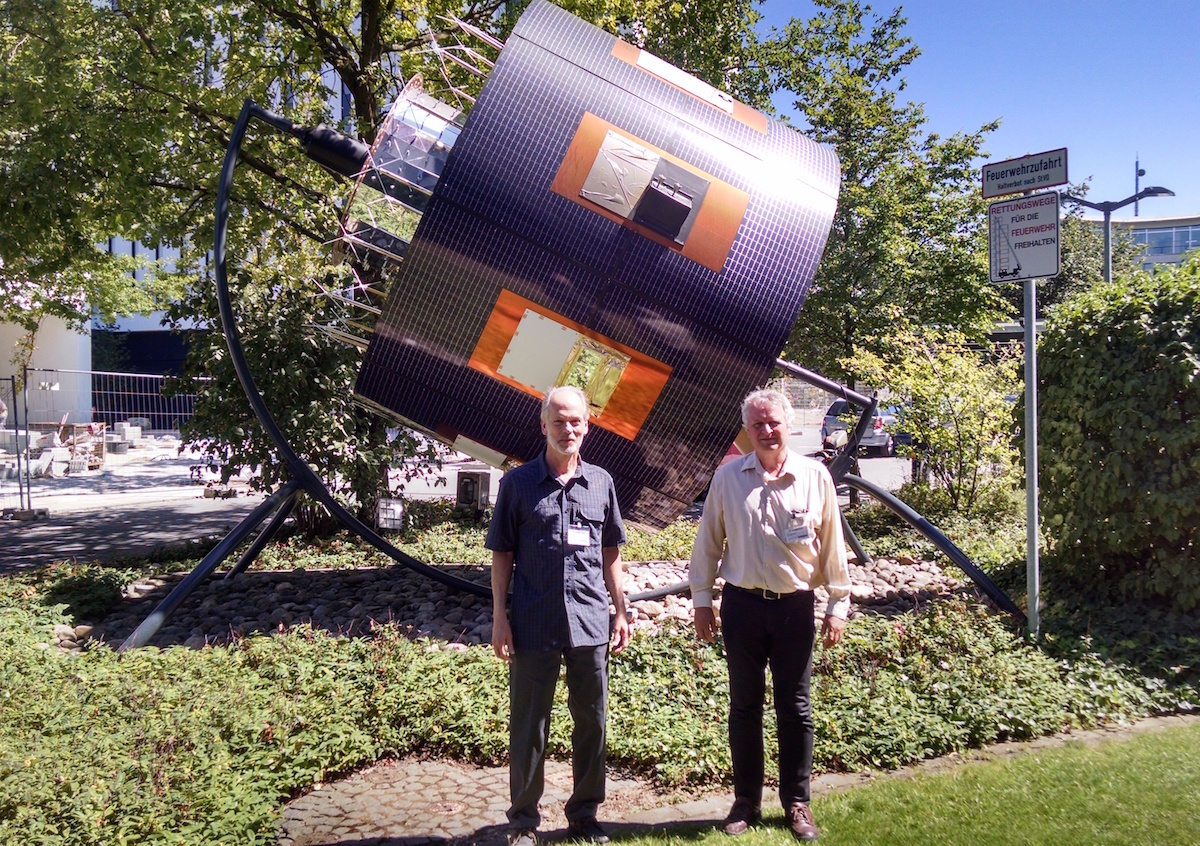
[ Archive ]

 |
CIMSS-NOAA Weekly Report
[ Archive ] |
 |
IN THE PRESS:
ITEMS FOR THE ADMINISTRATOR:
ITEMS FOR THE ASSISTANT ADMINISTRATOR:
NOAA Leading International Effort to Improve Volcanic Ash Cloud Tracking: Volcanic ash clouds are a major aviation hazard that can significantly damage aircraft and, in the worst case, cause inflight engine failure. The economic loss associated with volcanic ash related disruptions to air travel is also significant. Billions of dollars alone were lost during a 2010 eruption of an Icelandic volcano. Meteorological satellites are the primary measurement used by Volcanic Ash Advisory Centers (VAAC’s) to operationally track volcanic ash clouds (NOAA operates two VAAC’s). In recognition of the importance of satellites in mitigating volcanic ash related hazards, the World Meteorological Organization (WMO) has created a project to identify best scientific practices and innovative techniques for transforming raw satellite measurements into environmental intelligence. During and after a major volcanic eruption, satellite-based environmental intelligence is critical for ensuring that air travel is safe and operates as efficiently as possible. The WMO project is being lead by a NOAA/NESDIS/STAR scientist and the project goals were advanced at a meeting in Madison, WI (June 29 – July 2, 2015), which was attended by over 40 internationally recognized scientists, representing nearly every continent. The international group attending the meeting identified best scientific practices and innovations. Many of the best practices and innovations are already uniquely utilized within the automated NOAA/NESDIS volcanic ash cloud tracking system developed in preparation for the next generation of NOAA’s operational satellites (GOES-R and JPSS). Going forward, the WMO project will help ensure that meteorological satellites are being fully utilized for improving operational volcanic ash cloud tracking capabilities in all regions of the world, with NOAA leading the way. (M. Pavolonis, E/RA2, 608-263-9597, Mike.Pavolonis@noaa.gov)
ITEMS FOR THE OFFICE DIRECTOR, STAR:
Santek and Key visit EUMETSAT: Through a GOES-R and JPSS Visiting Scientist opportunity, David Santek (Cooperative Institute for Meteorological Satellite Studies, CIMSS) and Jeff Key (NOAA/STAR) visited the European Organisation for the Exploitation of Meteorological Satellites (EUMETSAT) 8-10 July 2015. The discussions focused on the latest developments in the high-latitude satellite-derived winds programs at both NOAA/CIMSS and EUMETSAT. Also, J. Key presented a seminar on the use of satellite data to observe Arctic climate change. (D. Santek, CIMSS, 608-263-7410; J. Key, E/RA2, 608-263-2605, jkey@ssec.wisc.edu)  (Click image to enlarge)
(Click image to enlarge)
ITEMS FOR THE DIVISION CHIEF, CoRP:
Manuscript on Error Estimation in Cloud Amount and Optical Thickness: A manuscript has been accepted for publication in the Journal of Geophysical Research - Atmospheres. The paper describes estimates the error of cloud amount and optical thickness of nadir-view sensors due to their limited spatial sampling. A satellite imager is used as a proxy for nadir-view sensors. The author of the manuscript is Yinghui Liu and the title is “Estimating Errors in Cloud Amount and Cloud Optical Thickness due to Limited Spatial Sampling Using a Satellite Imager as a Proxy for Nadir-view Sensors”. More information is available at http://onlinelibrary.wiley.com/doi/10.1002/2015JD023507/full. (Y. Liu, CIMSS, 608-265-8620)
VISITORS:
NEXT WEEK:
LOOKING AHEAD:
| Archived Weeklies Page | Submit a report item |